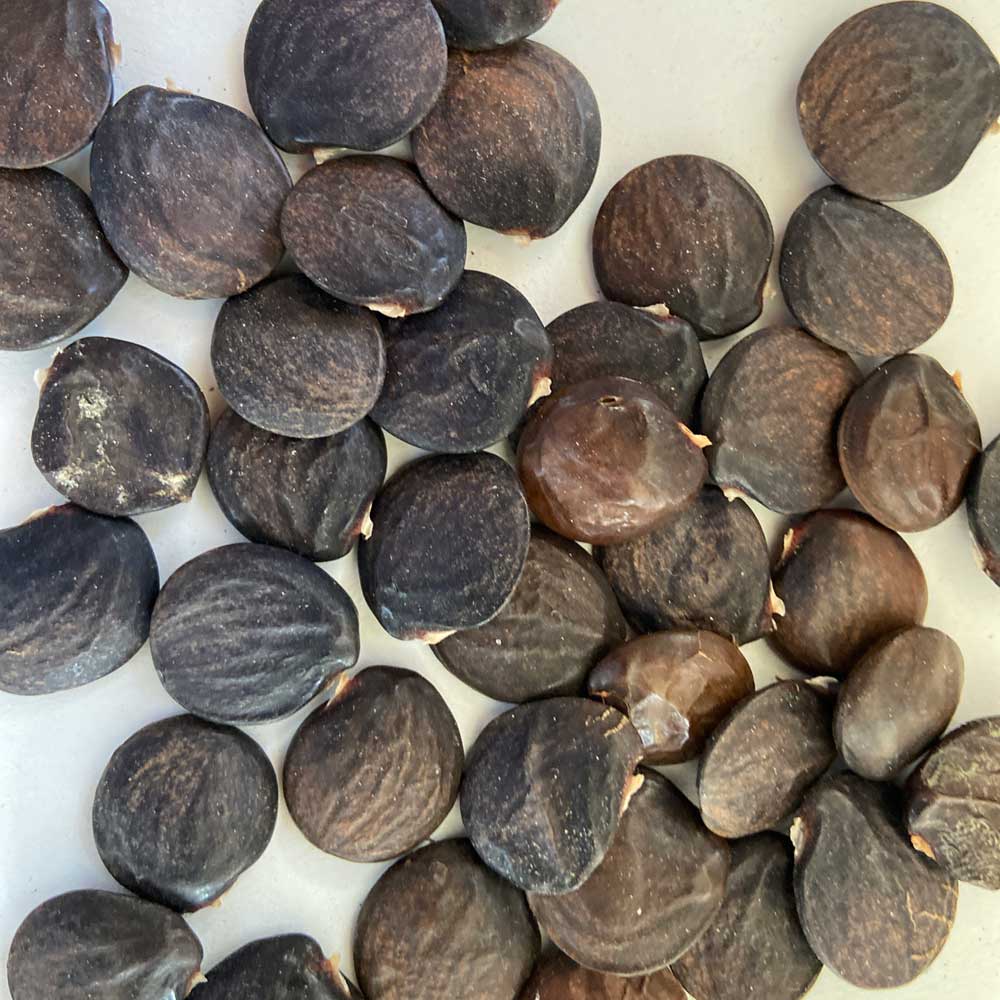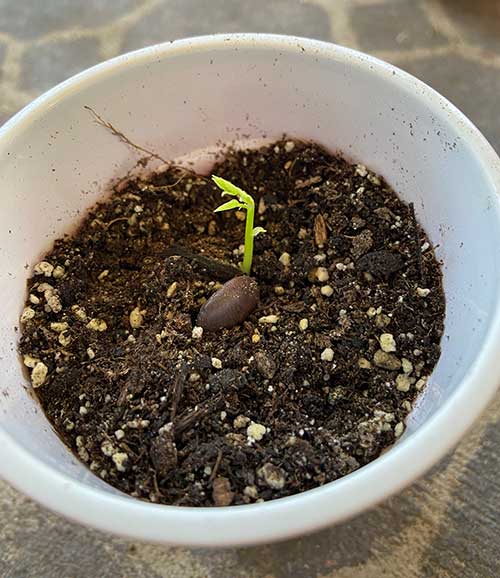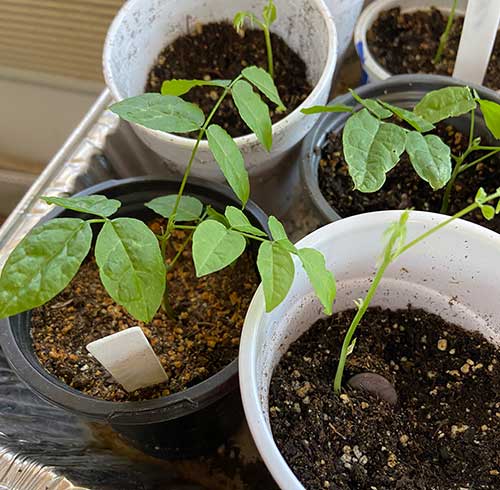Wisteria (Japanese)

Botanical Name: Wisteria floribunda
Category: Perennial vine
Divisible: No
Common Name: Wisteria
Evergreen: No
Propagation:
Cutting, seed
Family: Fabaceae (Leguminosae)
Invasive: No
Size:10-25′ tall x 24 36″ wide
Clusters of blue-violet flowers with a wonderful fragrance cascade from this deep green twining climber. Flower clusters can grow to 3 feet long and typically open first at the base and last at the tip of each cluster. Blooms attract butterflies and hummingbirds.
Wisteria is a very hardy and fast-growing vine that is woody and deciduous. Perfect for the high desert it can grow in poor-quality but well-drained soil and thrives in full sun.
Wisteria can grow into a mound when unsupported but does best when allowed to grow up and around a support: tree, pergola, wall or other structure. The support must be very sturdy, because mature wisteria can become immensely strong with heavy wrist-thick trunks and stems.
My Experience:
Wisteria blooms in mid spring in the high desert – for me that is early April. For a few weeks it puts on a wonderful feast for the eyes! But that is not the only reason to include a wisteria vine in your garden.
It is a notorious slow bloomer – common wisdom says it can take up to 10 years to bloom. While it did not take quite that long for mine to bloom it is worthwhile to plant just for the beauty of the vine itself. It’s dark green leaves,braided trunk and twisting tendrils add interest with color and texture.
Apparently a lack of blooming can be caused by too much nitrogen in the soil. I do not give mine any extra fertilizer and it has thrived. The only maintenance involved with my Wisteria vine has been to trim back drooping and over zealous tendrils. It can provide shade and be trained in many different ways as it grows very quickly.
Update:
Unfortunately I have learned the hard way that the most important thing you can do to keep your wisteria healthy and blooming is to prune it.
Pruning should begin at the end of Seaons #1 and be done diligently every year.
Proper pruning is a bit complex and rather than try to explain it in my own terms (or even really understand it) this video does it all:
How to tame a Wisteria and revive an old wisteria



Growing Wisteria from Seed
You can collect pods from your own wisteria in the fall after the pods have dropped. Let them dry thoroughly in a warm, dry place and after the pods become brittle, twist them open to release the seeds inside – or you can just let them dry out and split open on the ground as I do. You can plant immediately or save the seeds until spring.
There is so much expert advice about germinating Wisteria seeds – and I think I have tried all methods expounded! I have had an almost 100% fast germination rate doing the following:
1. Soak seeds overnight in warm water – they should plump up. If not soak them until they do.
2. Place plumped seeds on layers of damp – not wet! – paper towel and put in a covered container. You can make layers of paper towels and seeds with no problem. Keep them out of direct sunlight.
3. Check seeds every day and make sure that the paper towel is just slightly damp. As they sprout – within a week – plant in pots.
Temperature is quite important to germination success – keep your seeds at a minimum of 65°.
The most common problem with germination is mold. If the paper towel is too wet this is common.
Many suggest nicking the outer coating of the seed. In my expereince it has not made any difference in germination.
After they have sprouted plant in sterile soil in 3” pots. The “sprout” is the root – make sure this is facing down and put into the soil leaving the top of the seed exposed.
I have tried covering the pots to create a humid environment but only ended up with moldy seeds.
After germination
After germination give your seedlings full sun and temperatures over 55°. Plant in the garden when seedlings have 2 sets of true leaves and are about 5” tall. Harden them off then plant in well drained soil that receives at least 6 hours of daily sun.




Buy seeds from my Etsy shop

0 Comments